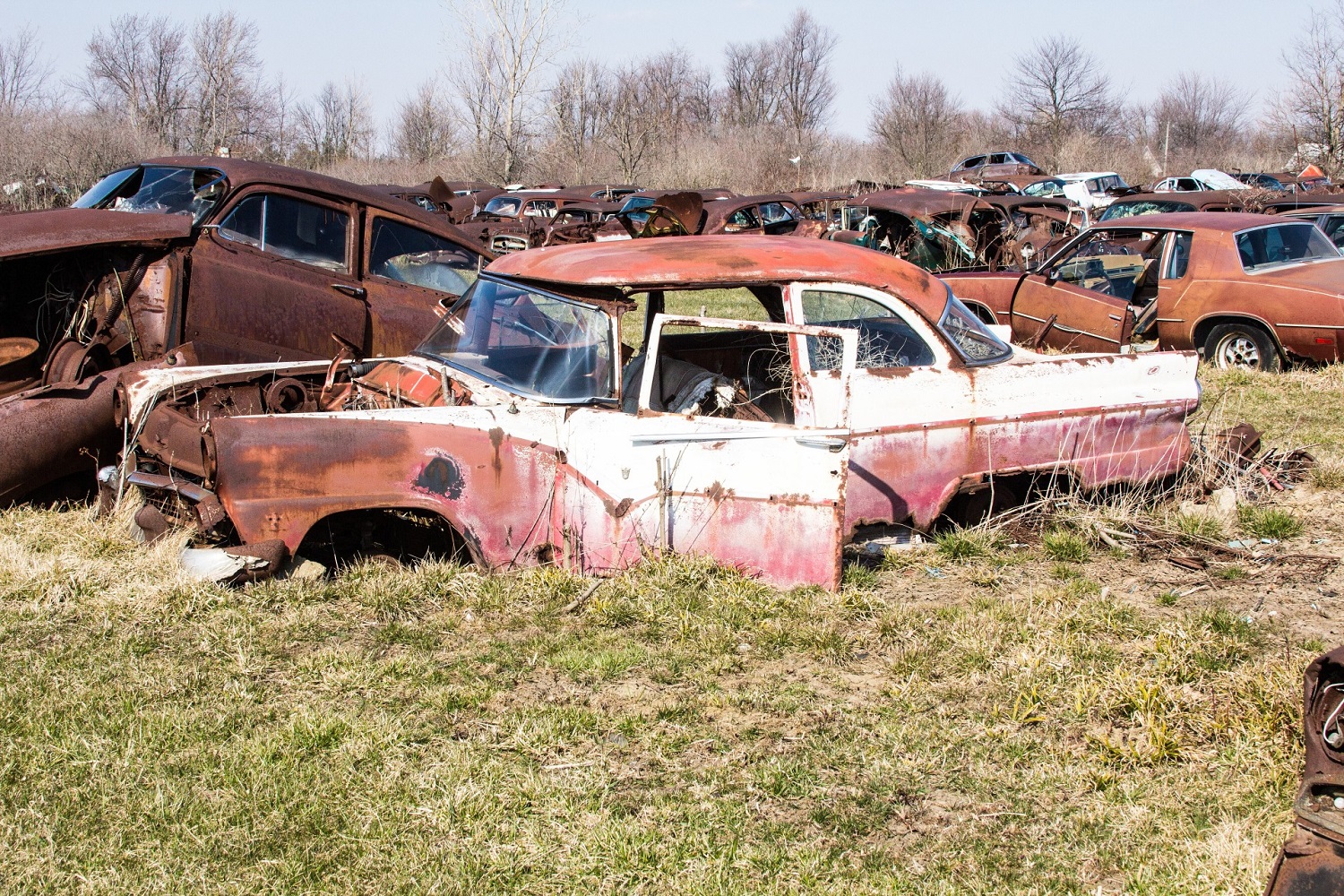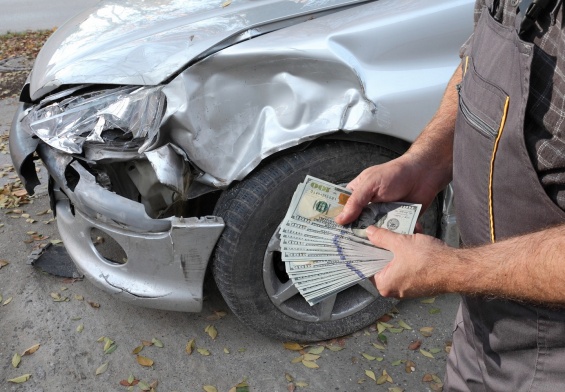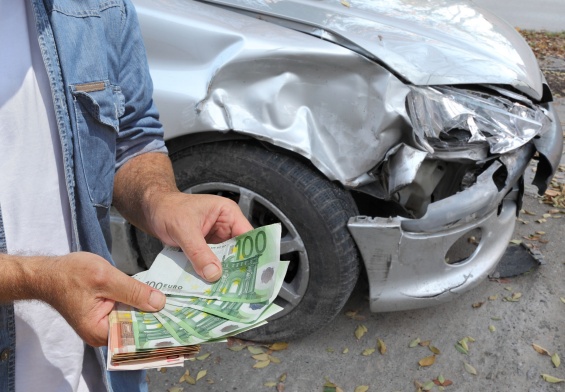When it comes to vehicles, the term “junk car” is frequently used but often misunderstood. Understanding the junk car definition is important for anyone looking to sell or otherwise get rid of a vehicle that’s not in good condition anymore. In this article, we’ll discuss the junk car definition, factors that affect its value, legal considerations, and environmental impacts, while also providing tips on how to prepare a junk car for sale.
Junk Car Definition
A junk car, also known as a clunker or beater, is essentially a vehicle that’s no longer operable or financially feasible to repair. These vehicles usually get sold for scrap metal or parts. The general definition of a junk car is one that can’t be driven on public roads due to severe damage, lack of necessary parts, or failure to meet safety standards.
The legal definition of a junk car can vary by state. For example, in Montana, a vehicle is considered junk if it’s damaged, unlicensed, and inoperable. Also, keep in mind that some states impose fines on owners who don’t get rid of their junk cars, so you need to be aware of local regulations.
Factors Affecting the Value of a Junk Car
There are several factors that impact the value of a junk car:
- Make and Model: Certain brands and models have higher demand for parts than others. For instance, parts from popular models like the Honda Civic or Toyota Corolla can be sold at a higher price due to their widespread use and reliability.
- Age and Condition: Older and more damaged vehicles are typically worth less. The average age of junk cars is about 18 years, with the most frequent model year being 2006. Vehicles that are severely damaged or missing important parts are often valued less.
- Other Considerations: Vehicles that are totaled, flooded, or considered lemons can still hold some value. For example, a vehicle with a junk title is not roadworthy and can only be sold for scrap or parts. In contrast, a salvage title indicates that the car can be made roadworthy again via repair.
When to Consider a Car as Junk
Deciding when to classify a car as junk involves practical and legal considerations:
- Practical Considerations: If the cost of repairs is higher than the vehicle’s value or if the vehicle isn’t safe to drive, it might be time to consider it junk. For instance, a car that is heavily rusted or has a blown engine could be deemed junk.
- Legal Considerations: Some states have specific regulations regarding junk cars. For example, vehicles that meet the junk criteria need to be disposed of to avoid fines. Understanding these regulations is crucial to avoid landing yourself in legal hot water.
Environmental Impact of Junk Cars
Junk cars can have huge environmental impacts if they’re not disposed of properly:
- Harmful Fluids and Chemicals: Junk cars contain a lot of hazardous substances like oil, gasoline, brake fluid, antifreeze, and transmission fluid. These fluids need to be disposed of in certain ways to avoid soil and water contamination, which poses a risk to the environment and public health.
- Eco-Friendly Disposal: To reduce these risks, you need to use services that safely remove and recycle these fluids and chemicals. Many junk car buyers follow eco-friendly practices, ensuring that harmful substances are disposed of correctly and valuable materials are recycled.
Preparing a Junk Car for Sale
Selling a junk car requires some preparation to get the most value out of it and make sure the transaction goes smoothly:
- Researching Buyers: Your buyers need to be reputable. Look for companies with positive online reviews and verify any credentials. This helps avoid scams and ensures you get a fair price for your vehicle.
- Necessary Documentation: Having all the necessary paperwork, like the vehicle title, is essential. If you don’t have the title, you might need to get a replacement before selling the car. Proper documentation helps prevent delays and protects you from legal issues during the sale process.
- Maximizing Value: If the car has components that are in good condition, think about selling these valuable parts separately. Additionally, get multiple quotes from different buyers and compare them to get the best deal.
How to Deal with a Junk Car
An understanding of the junk car definition, the factors affecting its value, and the legal and environmental impact of junk cars is crucial for anyone looking to sell or dispose of a vehicle. By following the tips outlined above, you can prepare your junk car for sale and make sure that it’s disposed of responsibly, minimizing environmental impact and complying with legal requirements. Whether your car is completely inoperable or simply too costly to repair, knowing its value and the best way to sell it can help you make informed decisions and avoid unnecessary fines and other complications.




